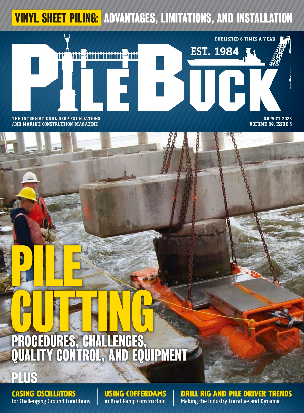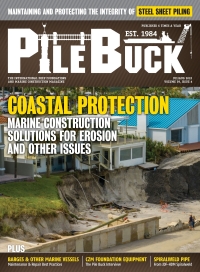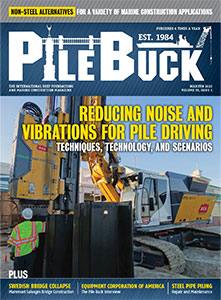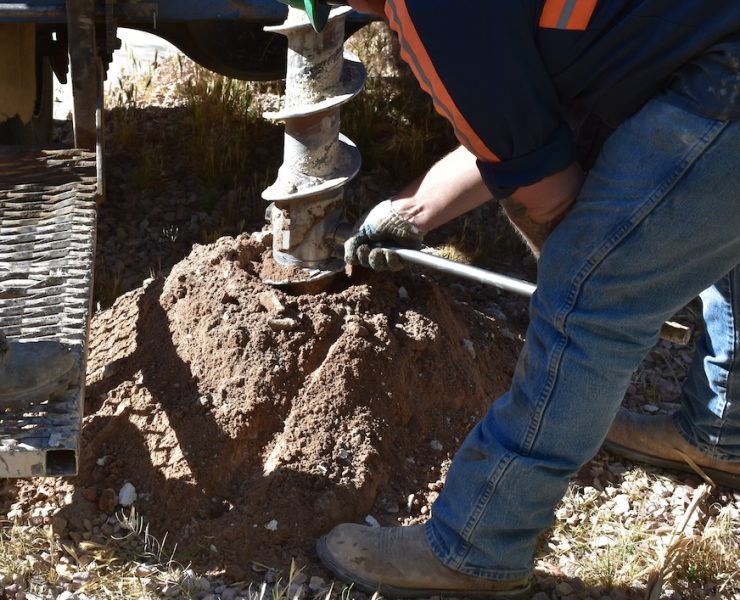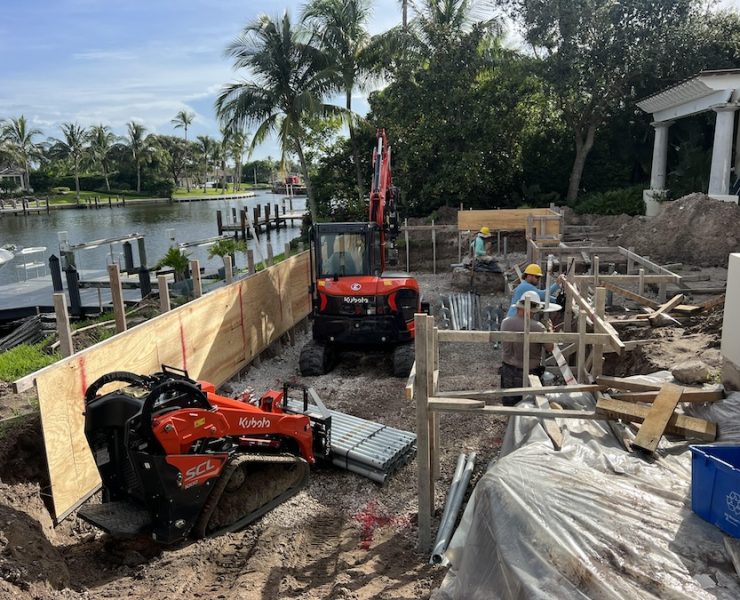Effective Fleet Risk Control For The Pile Drive Construction Industry: Part 1


Click here to read the complete article.
by Kevin Cunningham (HIIG)
Getting Beyond the Hype to Achieve Successful Driver Safety
There are many studies and countless statistics that illustrate the need for effective fleet risk control and there are even more “driver safety programs” touted by industry experts in today’s market.
However, the fleet accident statistics are staggeringly high… So how can any company get beyond the hype to actually establish an effective fleet risk control culture in your organization?
GET BACK TO BASICS
Maybe the way to be effective requires getting back to basic business principles and focusing on fundamental activities that drive awareness and personal accountability to change the way your workers handle their safe driving responsibilities for your company.
What if you were to focus on certain basic tenets of management to establish a foundation for creating an effective fleet risk control environment in your organization?
A fundamental approach to beginning this process would suggest your honest self-evaluation of these basic considerations as a starting point:
Bad driving habits are illegal – but socially acceptable.
Occasional speeding to meet various project deadlines – is normally ok.
Improper lane changing with company trucks – is part of normal business.
Not wearing seatbelts – is sometimes ok with drivers in/out constantly.
Cell phone usage – is just part of daily business.
Random vehicle maintenance and/ or lax inspections – is common.
Worker fatigue and/or wellness issues – doesn’t normally equate to driving.
Failure to secure loads properly – between project sites is common ???? Ill-defined drug or alcohol policy – when fender bender accidents happen is ok.
Lack of driver disciplinary action – may occur considering tough labor market.
Determination of driver qualification – is sometimes neglected in our trade.
If not continually evaluated, these basic considerations can negatively impact any company’s good intentions with their existing fleet risk control.
NOTE THESE FLEET ACCIDENT STATISTICS
Fleet related accidents are the leading cause of occupational deaths in the United States today and the ninth leading cause of death globally.
The National Safety Council estimates 36,200 motor vehicle fatalities occurred in the U.S. in 2012.
According to the National Highway Traffic Safety Administration, fleet accidents cost American businesses over $276 BILLION annually and U.S. insurers pay out $548 MILLION PER DAY for fleet related fatalities. Every 12 minutes someone dies in a motor vehicle crash. These are staggering statistics!
The problem is so pervasive that the National Safety Council (NSC) has aligned with the World Health Organization (WHO) to form the “Decade of Action for Road Safety” initiatives. This strategic alignment projects the current annual rate of vehicle related fatalities will grow to 1.9 million by 2020.
CONSIDER CORRECTIVE ACTION QUESTIONS
It is recognized that any rational company currently has some type of fleet safety program in place. Clearly the statistics warrant enough justification for any pile driving/crane/ construction company to continually evaluate their own fleet risk controls with an open mind to new ideas to save lives and reduce the risk of life-altering injuries in your workforce.
Some of the common sense considerations for evaluating your fleet risk controls would include an honest assessment with four basic questions:
1. Is your fleet risk control continually activity-driven or is it mainly a 3-ring binder with occasional fleet safety talks?
2. Does your program actively engage your workers to constantly change driver attitudes?
3. Does your program include regular hands on driver safety training and recognition of workers’ safety conscious behavior?
4. Does your program actually include a poor driving disciplinary action element?
Click here to read the complete article.
Is an effective fleet risk control necessary?
There are many studies and countless statistics that illustrate the need for effective fleet risk control and there are even more “driver safety programs” touted by industry experts in today’s market.









